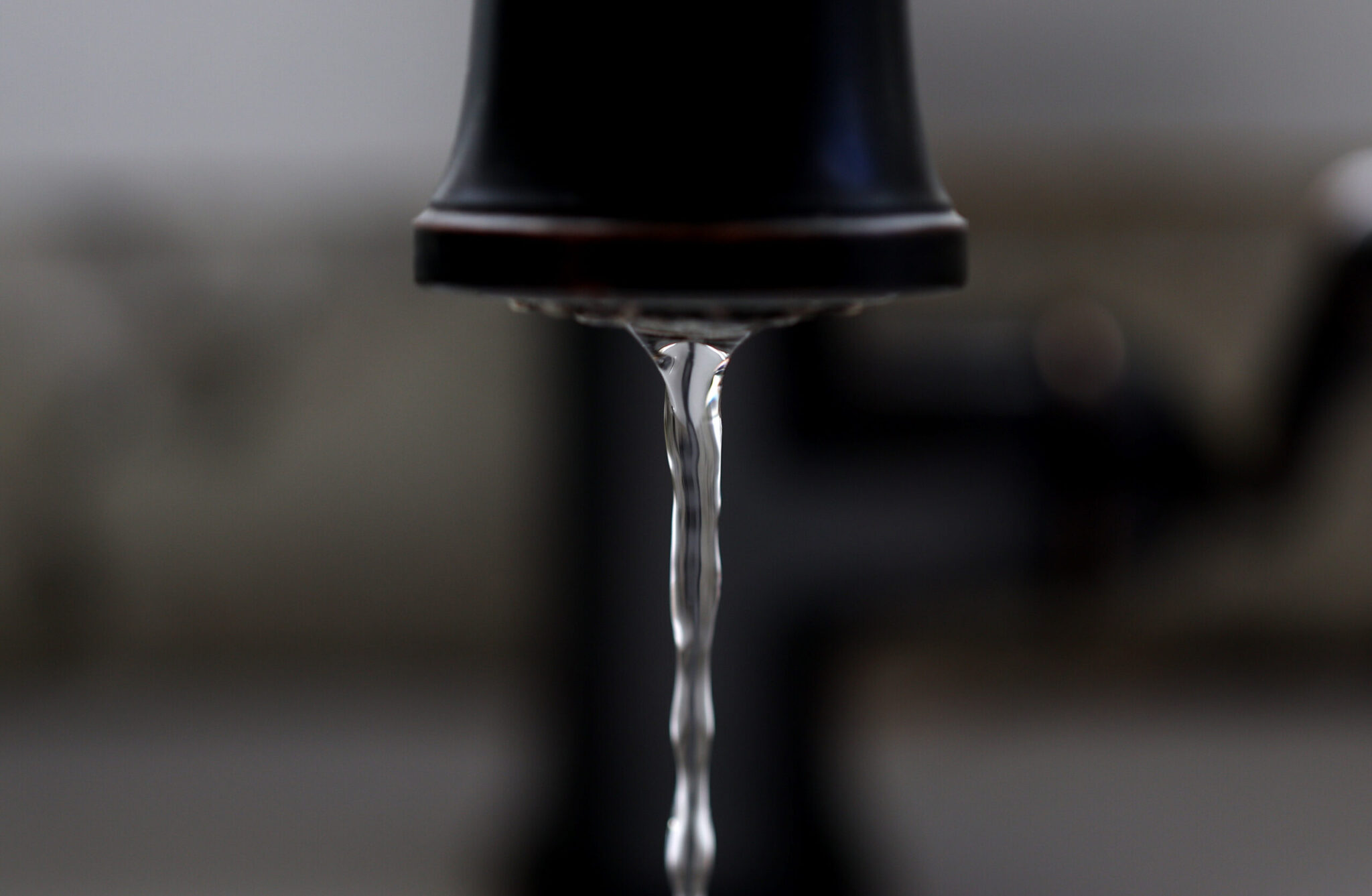
I’ll hand it to West Virginia lawmakers for being on the forefront of a national movement during the recent legislative session, and educating me while doing so. I hadn’t thought much about artificial food dyes, or problems associated with them, until a bill to ban them started gaining traction in February.
The synthetic dyes have been a target of Robert F. Kennedy Jr. and the Make America Healthy Again movement because they are petroleum-based and have been linked to adverse effects in children.
The dyes are found in a range of foods particularly marketed to children, including cereals, candies and drinks. Growing up, I recall often, while bored, reading the nutrition labels as I ate, despite not really understanding the ingredients I saw.
Following the legislation’s passage and considering what comes next, Del. Adam Burkhammer said, “we need to look at everything.”
If that’s true, I encourage people under the Make America Healthy Again umbrella and West Virginia lawmakers to consider ways to address toxins that we’ve known for a long time are harmful and have been hurting West Virginians.
Take lead poisoning, for example. Lead can be found in soil and in some pipes that pump our drinking water. It also was used in paint before 1978. Much of the housing stock in Appalachia is old, and old chipped paint and dust poses a big risk to toddlers.
There’s no safe level for lead exposure. It can cause behavior problems and mental defects in children. One way to know where lead is a problem is to screen children. And we’re not doing that enough.
Back in 2021, Clarksburg saw a sharp increase in the number of children who had high lead exposure, likely due to lead service lines. In a presentation on the state’s response, the West Virginia Department of Health and Human Resources said low screening rates and lack of awareness about the harms of lead poisoning were challenges. They recommended that the state incentivize lead screenings and formulate a state action plan.
The Biden administration finalized a rule to require utilities to conduct an inventory of water lines, and to replace ones made of lead. This will be hard work; home and business owners can be hard to reach. Then, typically the utility will be on the hook for replacing the lead pipe up to the home. The owner would have to replace the pipes in the home, which can be costly.
Where do policymakers fit into this? The Legislature could allocate more funding to health departments to create and implement lead action plans, including intense screening outreach and education. The state could also identify ways to create (and actually put money into) a fund to help homeowners replace their lead pipes.
This lead example has taken a lot of space. So I’ll spare the reader similar explanations on other environmental and public health issues that come to mind where I think common ground can be found with the MAHA movement. Those are:
- Power plant arsenic and mercury emissions that seep into water
- Groundwater pollution from oil and gas drilling, transportation spills, and manufacturing
- Air pollution for people who live near factories, plants, major roadways
- Tobacco use
- Black lung disease and other workplace injuries and illnesses
- PFAS, or forever chemical, contamination (which the state did take action on, but unfortunately has been put on pause thanks to the Trump administration)
I hope food dyes are just a start.
GET THE MORNING HEADLINES.
